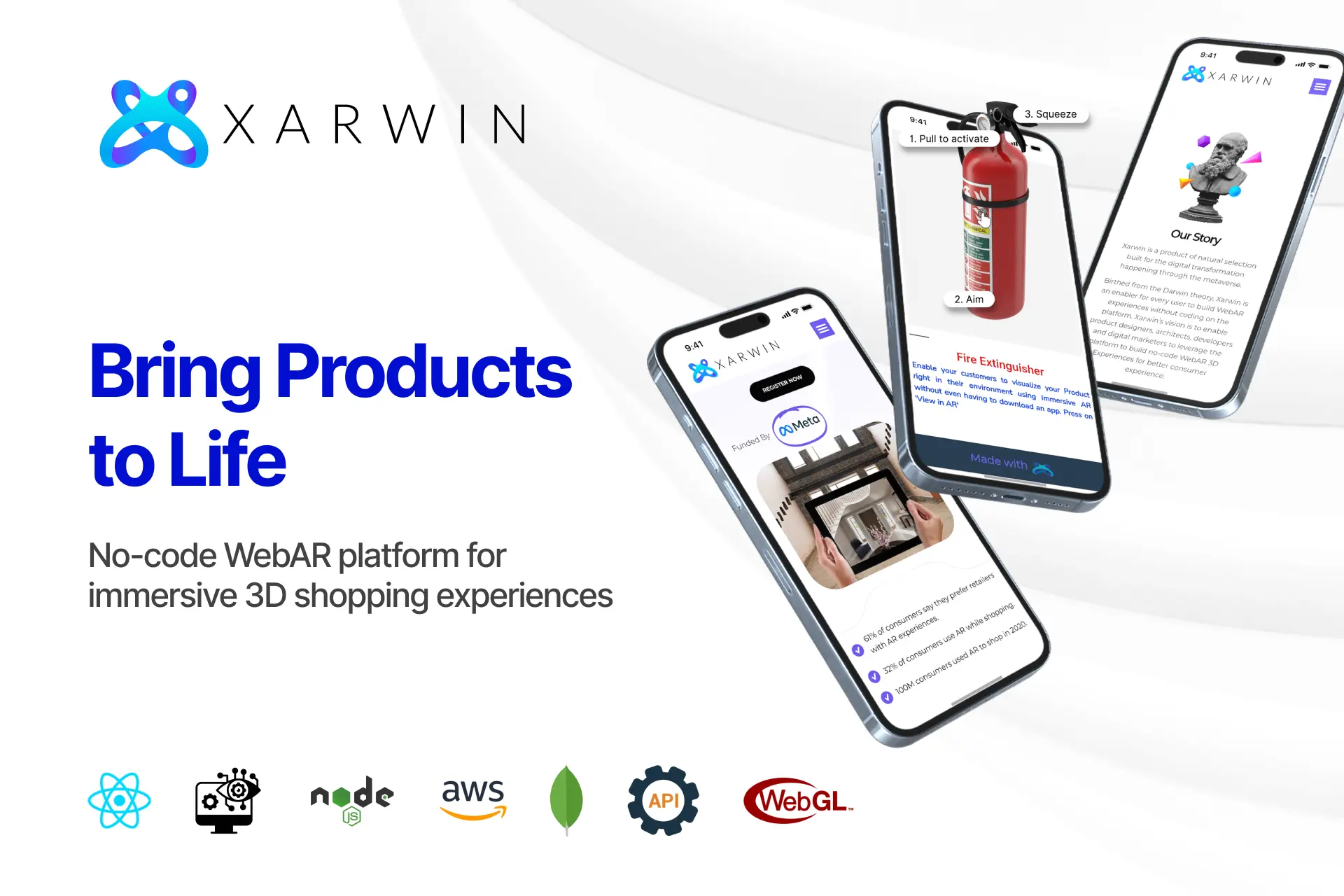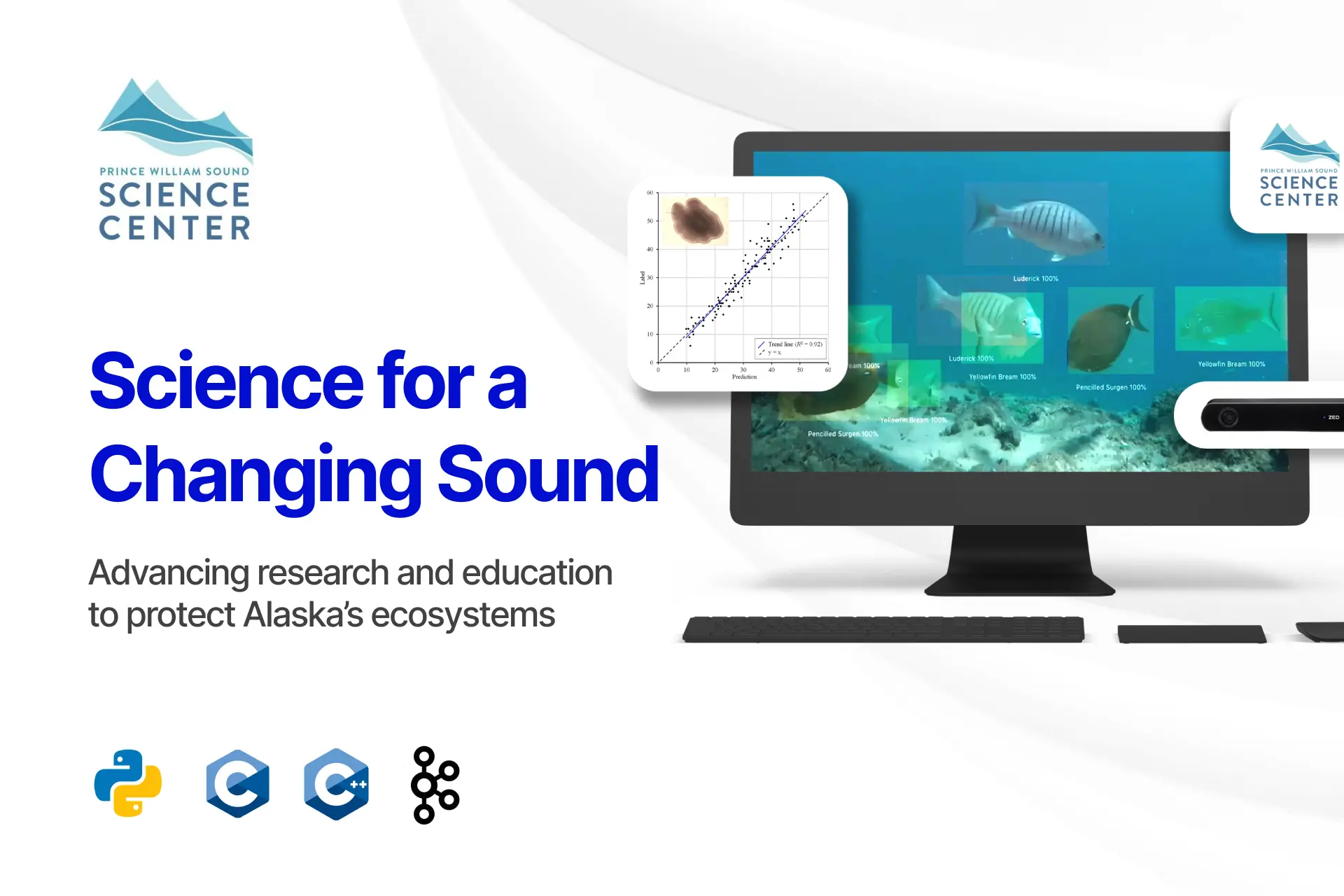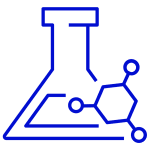Introduction
Packing and loading are where things often go wrong, a missed label, a weak seal, or a miscount can throw off the entire shipment. Relying only on manual checks slows things down and leaves room for mistakes. That’s why more businesses are turning to AI-powered inspection automation to speed up the process, cut errors, and keep quality consistent.
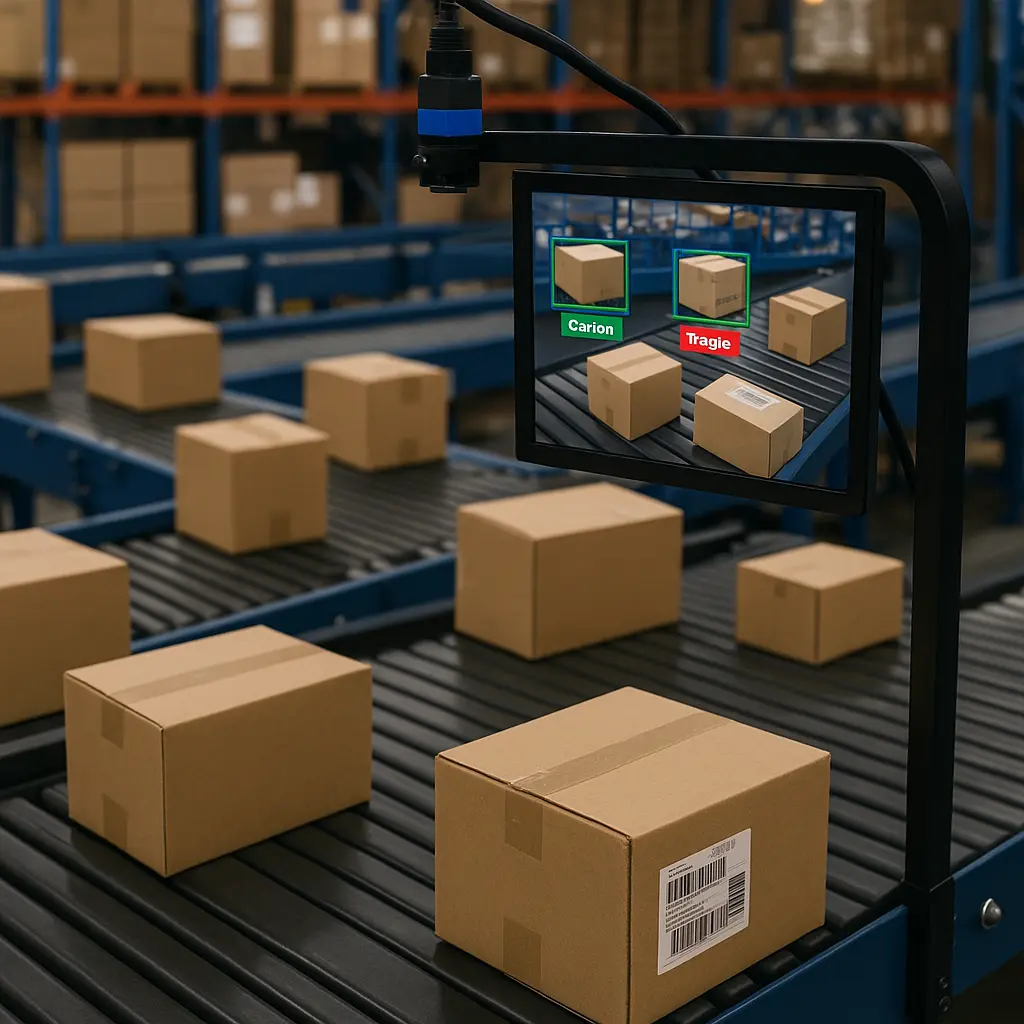
Sorting & Categorizing Packages
AI-powered classification ensures accurate sorting and packaging quality control.
Steps:
- Image Capture – High-speed cameras scan each package as it moves on the conveyor belt.
- Feature Extraction – AI models analyze size, shape, color, and texture to distinguish package types.
- Label/Barcode Recognition – Computer vision combined with OCR verifies SKUs, barcodes, or QR codes.
- AI-Based Classification – Packages are categorized into predefined classes (e.g., carton, pouch, bottle, fragile).
- Data Sync – Classification results are fed into the warehouse or logistics system for routing and tracking.
Steps:
- Conveyor Integration – Once classified, packages are assigned to the correct lane or chute automatically.
- Robotic Arms or Diverters – AI signals machines to physically sort packages into designated bins or pallets.
- Error Detection – If a package doesn’t match its expected category, the system flags it for manual review.
- Dynamic Adjustment – AI continuously learns from new data to improve sorting accuracy and adapt to packaging variations.
- Performance Monitoring – Dashboards track throughput, accuracy, and error rates for optimization.
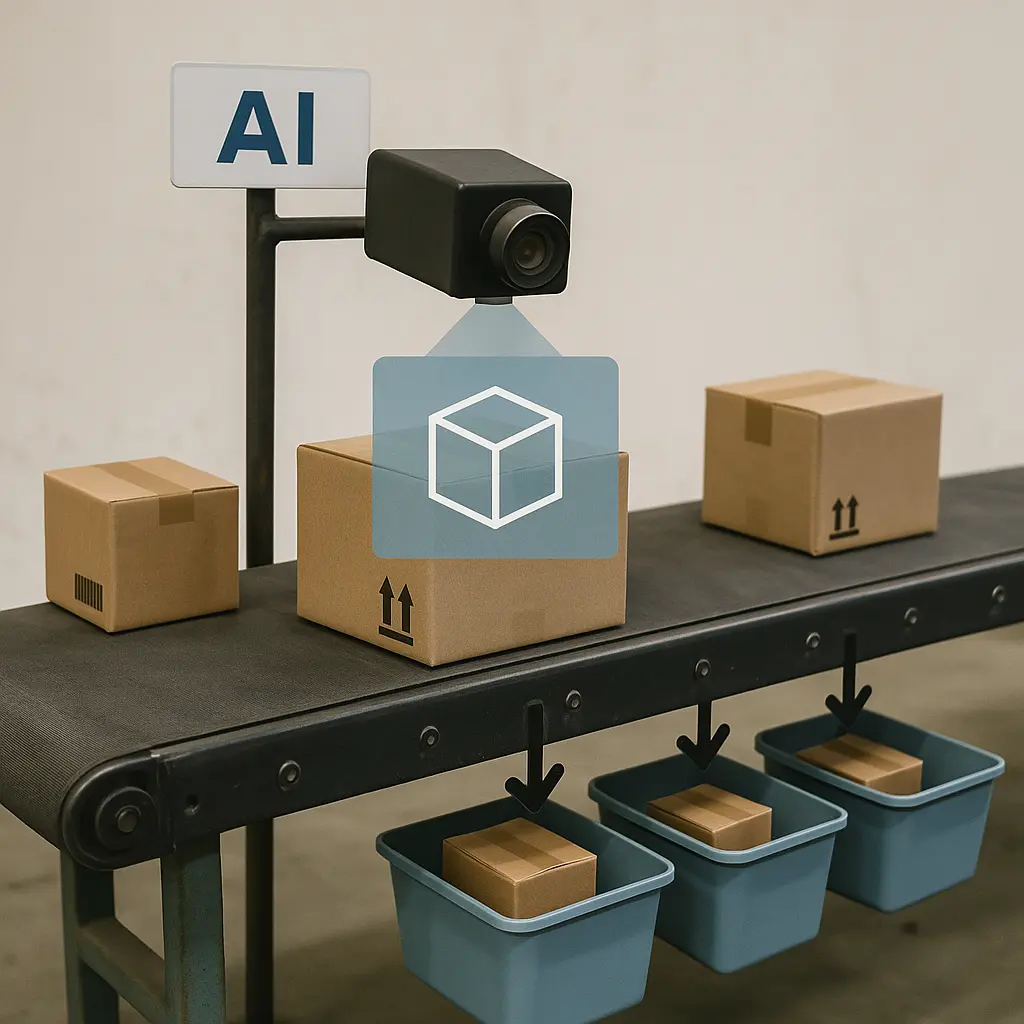
Counting Packages in Real Time
Automated vision systems count packages instantly for inventory accuracy.
Steps:
- High-Speed Imaging – Cameras capture continuous video of packages moving across conveyors or pallets.
- Object Detection – AI models (e.g., YOLO, Faster R-CNN) identify each package, even when stacked or overlapping.
- Unique Tracking – Computer vision assigns IDs to packages to avoid double-counting.
- Counting Algorithm – The system tallies items frame by frame in real time.
- Accuracy Validation – AI cross-checks counts against expected order or shipment data.
Steps:
- System Integration – Count data is sent directly to ERP, WMS, or inventory systems.
- Error Detection – AI flags missing, extra, or miscounted packages instantly.
- Real-Time Alerts – Supervisors receive notifications when discrepancies occur.
- Adaptive Learning – Models improve with new data, handling variations like lighting or package shape.
- Analytics & Dashboards – Managers can view throughput, error rates, and efficiency in real time.
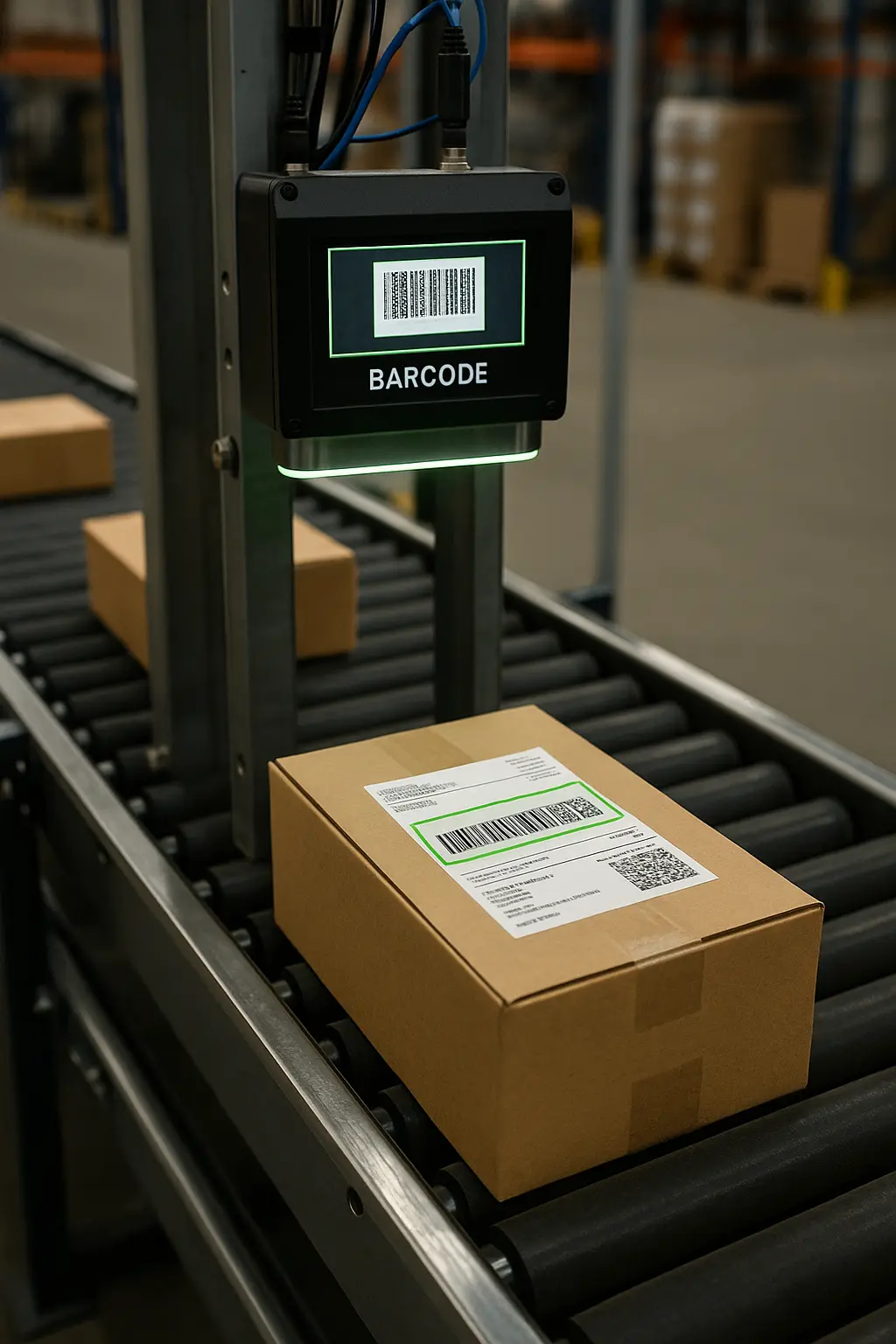
Verifying Labels & Barcodes
Computer vision inspects labels and barcodes for compliance and error-free delivery.
Steps:
- Image Capture – Cameras scan each package to detect label presence and orientation.
- Placement Verification – AI ensures labels are correctly aligned and not skewed or misplaced.
- Print Quality Inspection – Computer vision checks for faded text, smudges, or missing elements.
- Regulatory Validation – AI confirms required information like batch numbers, expiry dates, and safety warnings.
- Error Flagging – Packages with incorrect or missing labels are flagged for immediate correction.
Steps:
- Code Detection – Computer vision isolates barcodes or QR codes on each package.
- OCR & Decoding – AI deciphers printed data for accuracy and readability.
- Database Cross-Check – Scanned codes are matched against ERP/WMS records to ensure product identity.
- Readability Testing – AI simulates real-world scanning conditions (angles, poor lighting) to verify usability.
- Instant Alerts & Reports – Faulty or unreadable codes trigger real-time alerts, while clean data is logged automatically.
Ready to upgrade your packaging process?
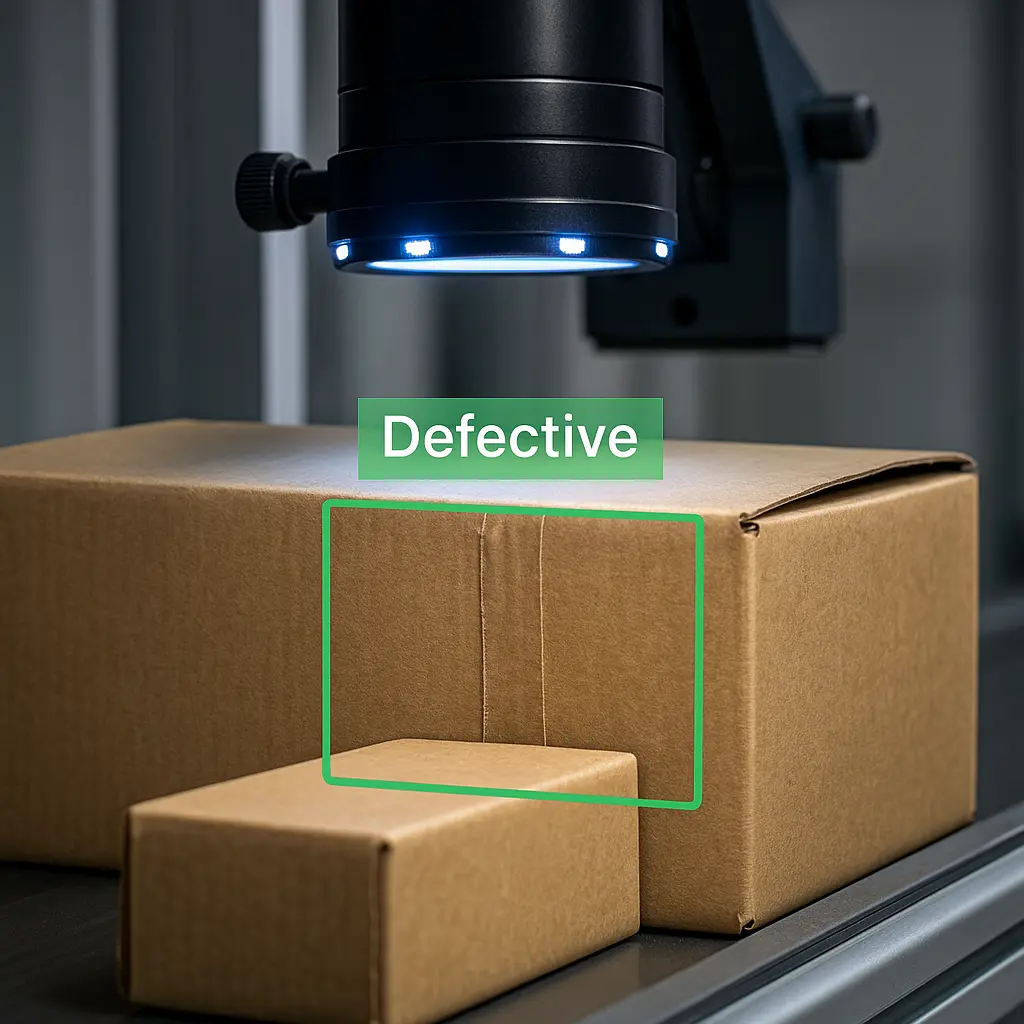
Ensuring Seal Integrity
Automated vision detects weak or broken seals to ensure safe packaging.
Steps:
- High-Resolution Imaging – Cameras capture close-up images of package seals on the production line.
- Seal Zone Analysis – AI models focus on seal areas to check alignment, continuity, and closure strength.
- Defect Identification – Computer vision detects gaps, tears, incomplete seals, or broken closures.
- Tamper Detection – AI flags unusual patterns indicating tampering or resealing.
- Immediate Rejection – Faulty packages are diverted automatically for rework or disposal.
Steps:
- Pattern Matching – AI compares seal patterns against a “golden reference” of acceptable seals.
- Surface Inspection – Computer vision detects contamination like dust, oil, or product residue on seal lines.
- Consistency Check – AI ensures uniform seal pressure and bonding across all packages.
- Compliance Validation – Seal quality is checked against food safety, pharma, or industry standards.
- Data Logging & Reporting – All seal inspection results are recorded for traceability and quality audits.
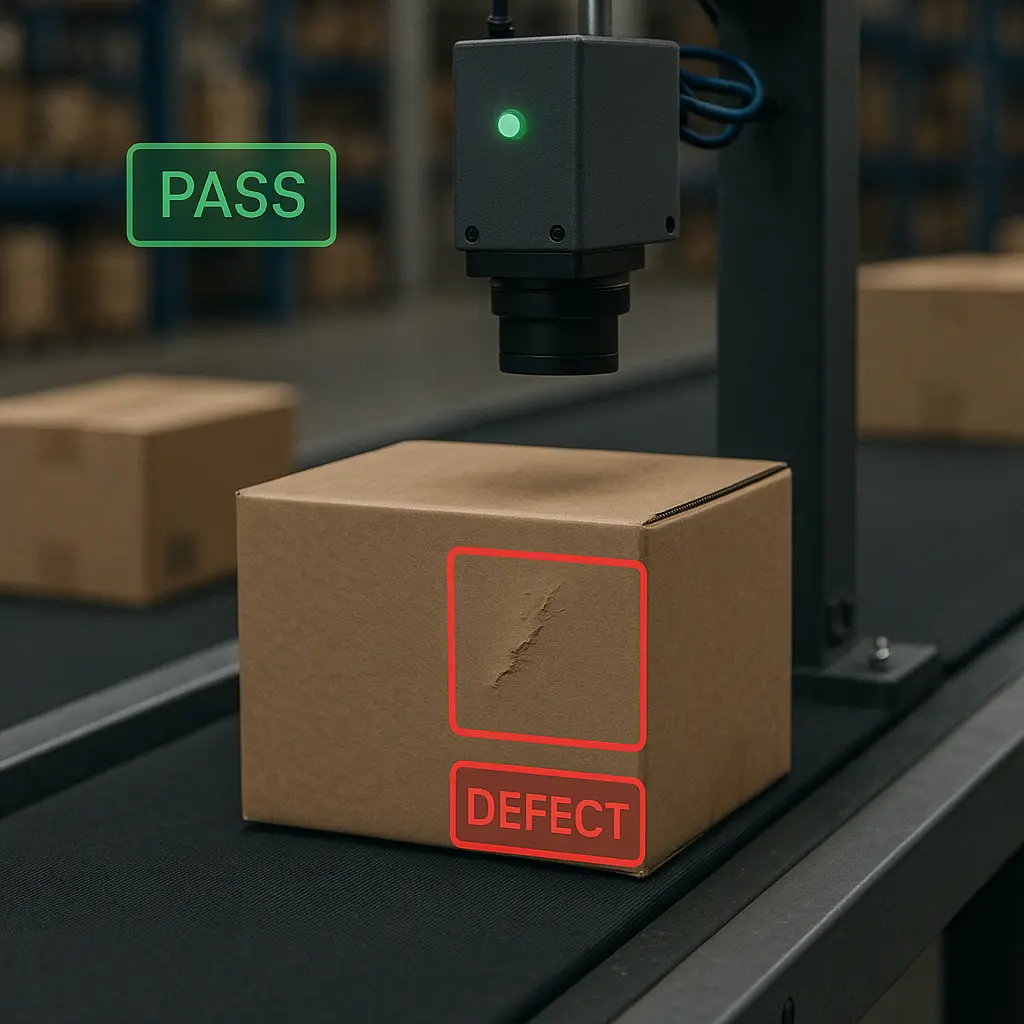
Detecting Packaging Defects
Deep learning identifies scratches, dents, and misprints before shipping.
Steps:
- Image Capture – High-resolution cameras scan package surfaces on all sides.
- Pattern Recognition – AI models detect irregularities like scratches, dents, or cracks.
- Print Quality Check – Computer vision compares fonts, colors, and graphics against the reference design.
- Anomaly Detection – Deep learning highlights differences that deviate from the trained “perfect” package.
- Real-Time Sorting – Defective packages are flagged and automatically removed from the production line.
Steps:
- 3D Shape Analysis – AI checks for deformities like crushed corners, warped edges, or improper folds.
- Logo & Branding Verification – Computer vision validates logos, brand colors, and layout accuracy.
- Seal Area Inspection – AI ensures no leaks, tears, or gaps that compromise product safety.
- Foreign Object Detection – Systems identify dirt, residue, or unwanted particles inside transparent packaging.
- Compliance Logging – Results are stored in dashboards for audits, quality assurance, and process improvement.
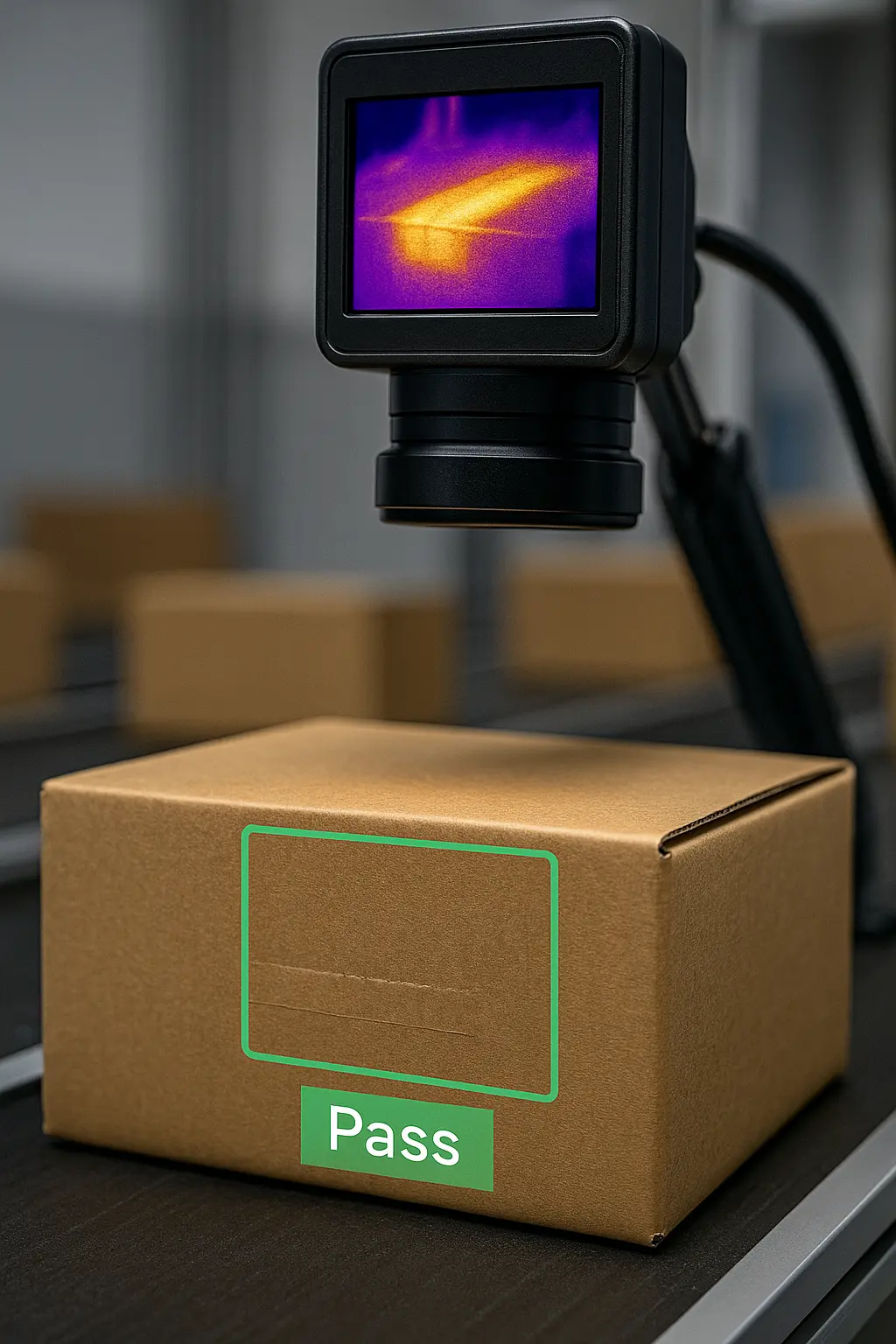
Checking Thermal Seals
Automated thermal seal inspection verifies heat-sealed packages for quality assurance.
Steps:
- Thermal Image Capture – Infrared cameras scan sealed areas immediately after the heat-sealing process.
- Temperature Mapping – AI analyzes heat distribution across the seal zone to identify inconsistencies.
- Defect Identification – Weak, overheated, or uneven seals are detected in real time.
- Contamination Check – Vision systems spot particles or product residue trapped inside the seal line.
- Instant Flagging – Packages with defective seals are automatically diverted for rework or rejection.
Steps:
- Seal Strength Verification – AI ensures consistent bonding across the entire seal length.
- Comparative Analysis – Seal patterns are matched against a “golden reference” of acceptable seals.
- Predictive Quality Control – Continuous data analysis predicts machine faults before they cause seal failures.
- Regulatory Compliance Check – Packaging is validated against food, pharma, and safety standards.
- Data Logging & Reporting – Every seal inspection is recorded for traceability, audits, and quality assurance.


